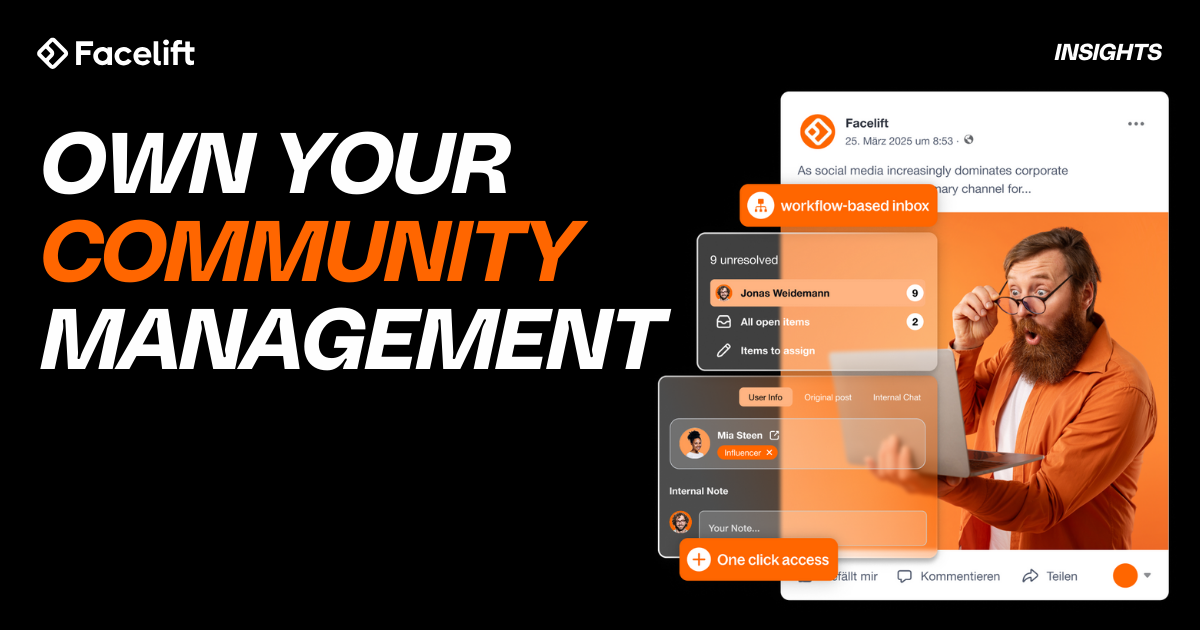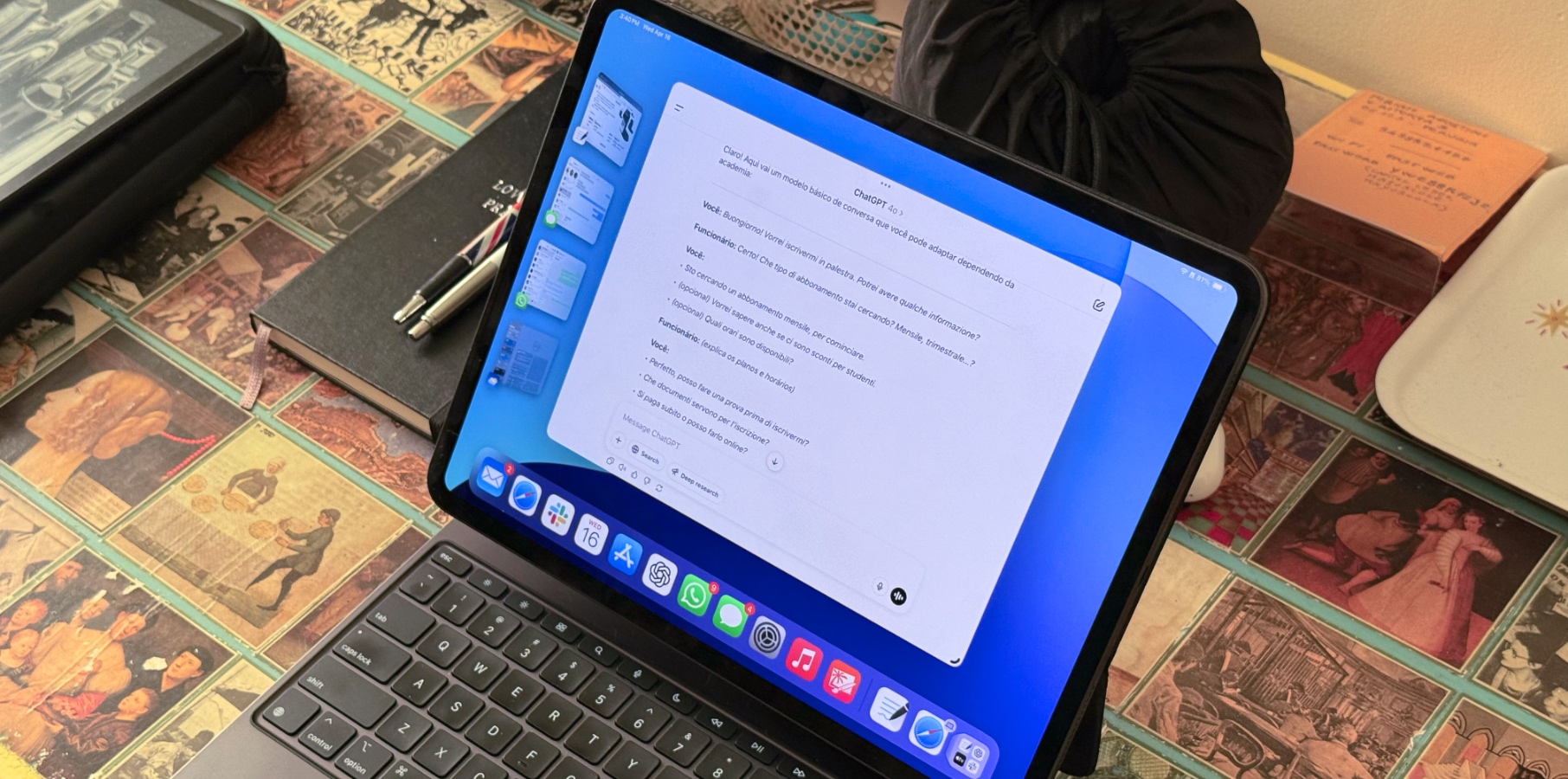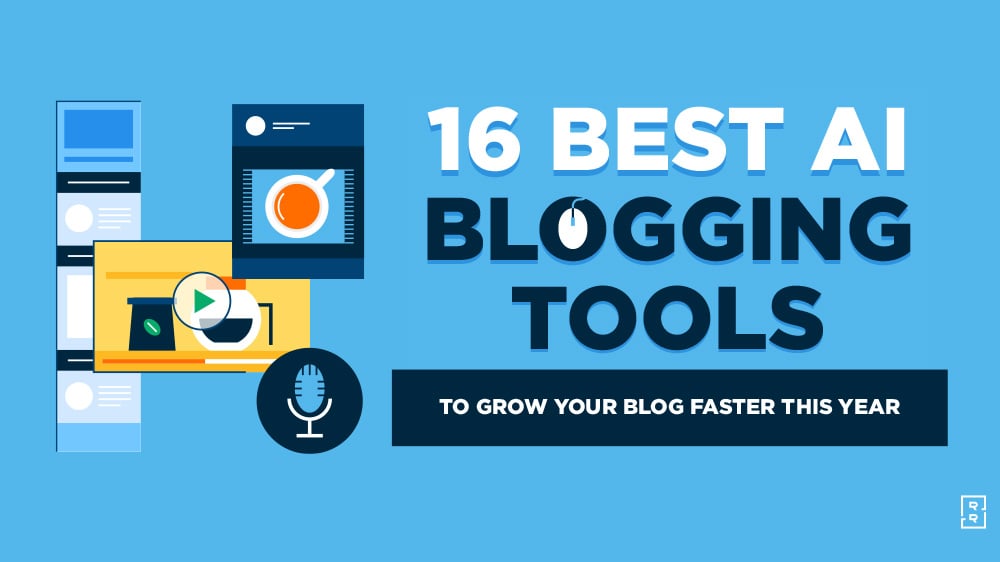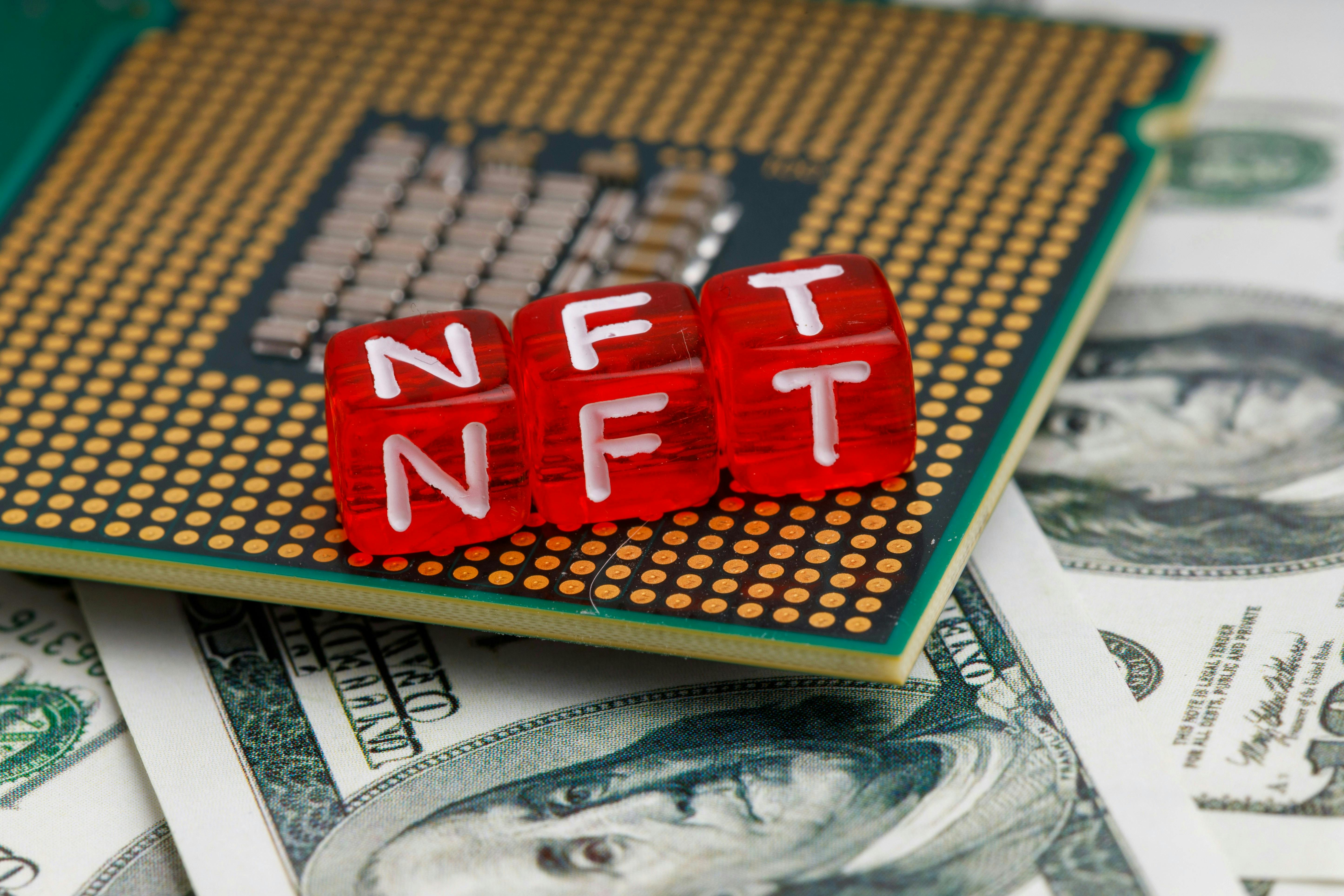Every brand wants to feel closer to its audience. But the people making that happen—community managers—are often stuck in clunky interfaces, juggling outdated ticketing systems and inbox chaos. It’s not sustainable.
This is about what community management should feel like, and how the right workspace can give back the most precious resource of all: time.
YOUR job to be done
Community managers are like bartenders. They’re not just digital concierges. They’re listeners, fixers, mediators, brand protectors, and sometimes therapists. And they do all this while switching between platforms, navigating shifting tone guidelines, and keeping cool during crisis mode.
They deserve a workspace that moves with them.
It’s reading between the lines. Spotting patterns. Escalating issues before they become crises. It’s keeping the voice consistent while fielding everything from product questions to personal complaints, sometimes all in the same thread.
It’s an essential role. And often, a thankless one.
What community managers actually need
The job has outgrown the inbox, yet most tools (and followers) still treat it like a faster version of email.
But here’s what really helps:
-
Structured conversations: One view for all interactions, across all platforms, with filters that don’t bury the high-priority messages.
-
Team clarity: Collaboration tools that actually support how community managers work. This means handovers, notes, approval flows, and escalation paths, as well as ways to distribute communities at the regional, product, or even channel level.
-
Sentiment awareness: Not just what people say, but how they say it. And what’s shifting over time.
-
Built-in empathy: Answer templates are nice, but real-time tone guidance, response suggestions, and AI support are better, especially when pressure is high, such as during holiday seasons.
-
Focus, not multitasking: Smart automation that removes the noise, not adds to it.
Tools that want to be taken seriously in a world that is turning towards communication orchestration will need to consider these things as key features, not just “nice-to-have” bonus features.
AI will have to drive many of these changes.
AI won’t replace community manager, but it will change their job
We’re seeing it already: AI that summarizes conversations, drafts responses, detects sentiment, or flags potential risks.
These are very much real tools for a real problem that many of us deal with regularly, whether we’ve identified it or not: cognitive overload.
But there’s a significant catch: AI is only useful if it fits the flow. It shouldn’t be allowed to interrupt, slow down, or push generic replies. The best tools feel like a second brain, not a second inbox.
Community managers don’t need more dashboards. They need systems that help them think, move, and collaborate faster.
Our approach: Build for the work, not the metric
At Facelift, we believe that great community management is a strategic function, not a support channel.
That’s why we’re building for the actual workflows, the edge cases, the hard days. And it’s why we don’t just seek to provide a response tool. Instead, we want to bring you a system built for the thinking behind every reply.
Engage, our community management tool, has been improved to suit the real needs of real community managers, not Emilys in Paris. You can read about our latest Engage product update right here for more details.
The best communities aren’t built overnight. They’re built post by post, reply by reply. And the people behind them deserve better.










